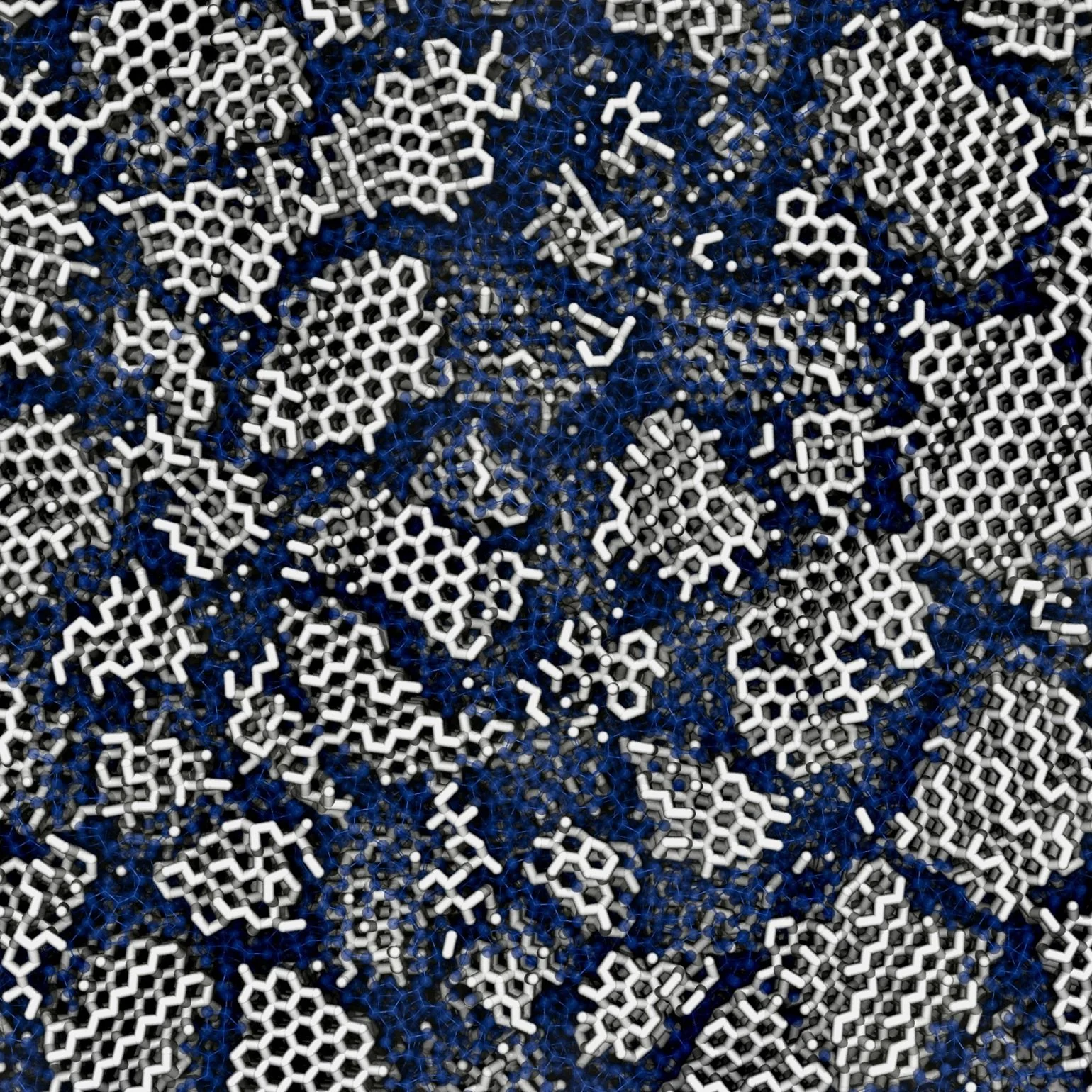Researchers at the Lawrence Livermore National Laboratory took a critical step towards viable, self-sustaining nuclear fusion by creating so-called 'burning plasma.'
Inside the National Ignition Facility - Image Credit: Damien Jemison/ Lawrence Livermore National Laboratory
Nuclear fusion is the process in which multiple atomic nuclei fuse together to become one. Nuclear fusion that constructs nuclei lighter than iron will generate energy.
The best-known example of nuclear fusion in nature can be found in our sun. About 620 million tons of hydrogen is fused to become 616 million tons of helium every second. The difference in mass is manifested as the release of enormous amounts of energy.
Nuclear fusion as an energy source has many benefits compared to nuclear fission, one of which is the lack of damaging radiation. Therefore, scientists have been trying to create a working nuclear fusion reactor on earth for many years. But, as you can imagine, it has proven to be extremely difficult to create one due to the required circumstances.
Energy derived from fusion
To sustain a fusion reaction without the supply of an external energy source, the plasma must be capable of supporting itself with the energy released from the fusion reaction. The LLNL researchers took an essential step towards that goal, however briefly.
The team achieved a burning plasma state which was not solely the result of a supply of external energy; it was sustained with help from energy actually generated by fusion. In other words, the fusing plasma partially heated itself.
The experiment
The lab employed 192 lasers to reach their goal, which worked together to compress a small golden cylinder (containing a tiny ball with minute amounts of deuterium and tritium).
In practice, the lasers heat the inside of the cylinder, causing its walls to emit X-rays. These x-rays then compress the tiny ball containing the fuel forcing the fuel to implode, which creates a hot plasma. Temperatures then quickly rise to about 50 million degrees Celcius, causing the atomic nuclei in the plasma to fuse.
A cryogenic target used for experiments producing burning-plasma conditions - (Image Credit: Jason Laurea/Lawrence Livermore National Laboratory)
Entering a new era
It is important to note that the fusion reaction did not generate more energy than was put in. The lasers consumed approximately 1.9 megajoules of energy for the experiment, while about 1.3 megajoules of energy was released during the fusion reaction, an eight-fold boost over earlier experiments.
Still, scientists suggest that fusion research has entered a new era with this experiment, as the way is now open for further gradual improvements, which can conceivably lead to self-sustaining fusion.
According to physicist Hermann Greppert-Kleinrath, one of the researchers, we are right at the cliff of experiments fizzling out versus experiments going into the ignition regime. "Once you transition into this regime where alpha heating is dominating, marginal gains in how we do the experiment lead to very large gains in yield."
The LLNL experiments are not directly intended to develop a fusion power plant but rather to gain insight into the processes that occur shortly before and during nuclear fusion. Their findings have been published in the science journal Nature (listed below), be sure to check it out.
All in all, it is taking several decades, but scientists are still making exciting progress in nuclear fusion research, offering hope for energy from fusion.
Who knows, perhaps nuclear fusion energy lies in our future after all...
Sources and further reading:
If you enjoy our selection of content, consider subscribing to our newsletter - (Universal-Sci Weekly)
FEATURED ARTICLES:












